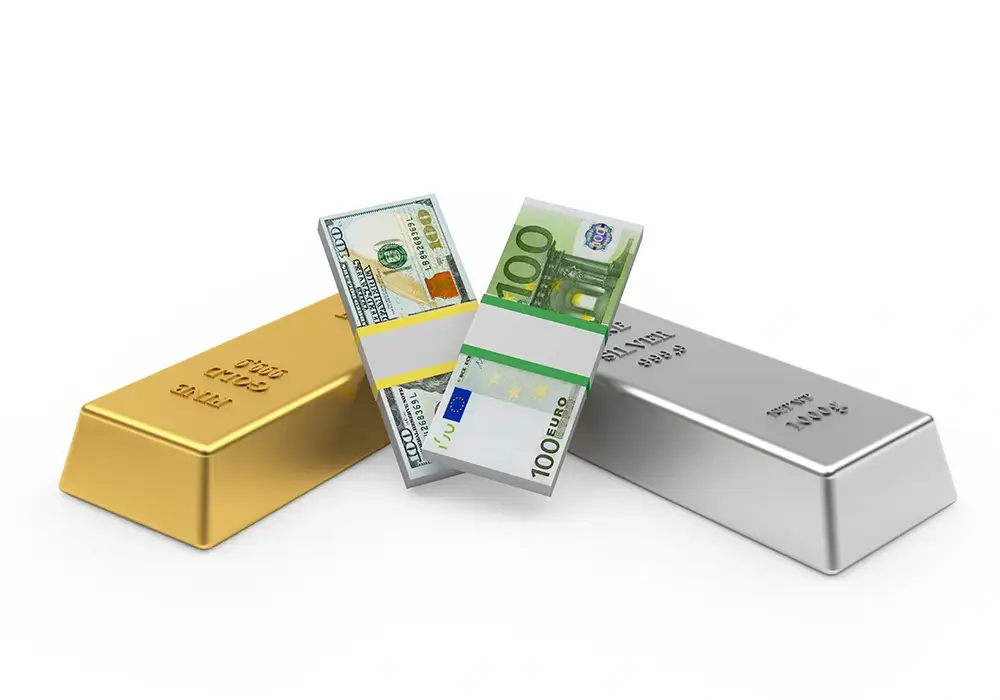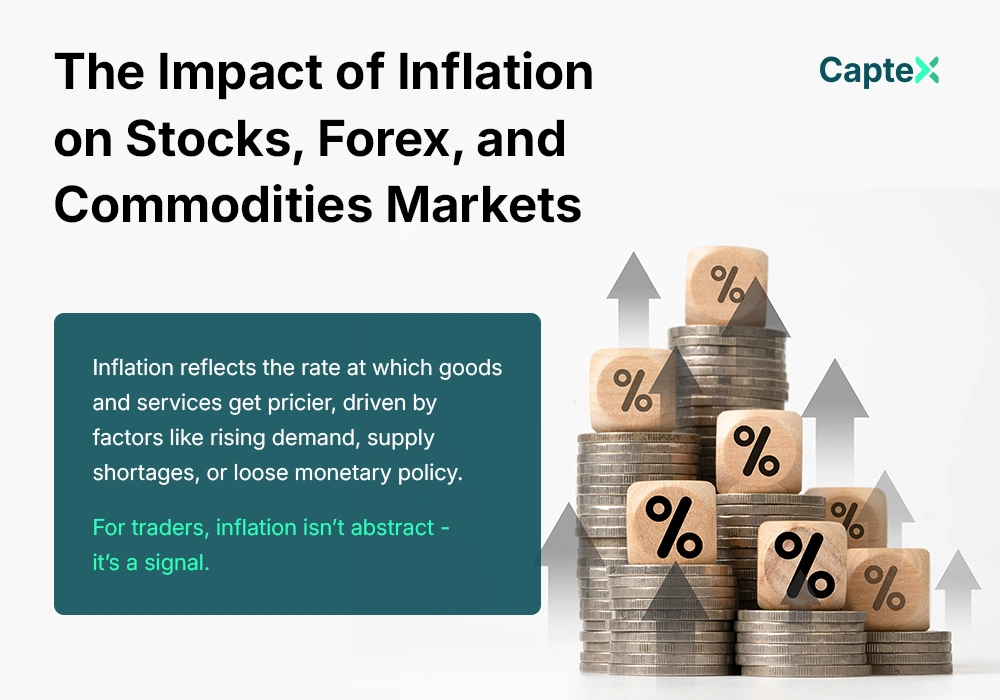Precious metals have long captivated investors, offering a hedge against uncertainty and a store of value when markets tremble. Gold and silver stand out as the titans of this space, each with unique traits that appeal to different strategies. But which is the better investment? The answer depends on your goals, risk tolerance, and market conditions. Let’s break down the strengths, risks, and dynamics of gold and silver to help you decide.

The Case for Gold: Stability and Safe Haven Status
Gold has earned its reputation as the ultimate safe haven. When economic storms brew—think recessions, currency devaluations, or geopolitical flare-ups—investors flock to it. Its price often climbs during uncertainty, as seen when global tensions spike or inflation erodes paper money’s value. This stability makes gold a bedrock for long-term portfolios, especially for those prioritizing wealth preservation over speculative gains.
Beyond sentiment, gold’s supply is relatively steady. Mining output doesn’t fluctuate wildly, and central banks hold vast reserves, reinforcing its reliability. It’s less volatile than silver, with smaller daily swings, making it a calmer ride for conservative investors. If your aim is to park money somewhere secure during turbulent times, gold’s historical resilience is tough to beat.
The Case for Silver: Volatility and Growth Potential
Silver, gold’s flashier cousin, offers a different allure—higher risk paired with higher reward. Its price moves more dramatically, often doubling gold’s percentage gains (or losses) in a short span. This volatility stems from silver’s dual role: it’s both a precious metal and an industrial commodity. Around half its demand comes from manufacturing—think solar panels, electronics, and batteries—tying its fate to economic cycles.
When industrial demand surges, silver can outpace gold by a wide margin. For instance, a tech boom or renewable energy push might send silver soaring while gold plods along. For aggressive investors chasing growth, silver’s potential for outsized returns is a draw. But that volatility cuts both ways—downturns can hit harder, testing your nerve.
Supply and Demand Dynamics
Gold and silver diverge sharply in their market fundamentals. Gold’s supply is tightly controlled, with annual mine production adding just 1-2% to existing stockpiles. Demand leans heavily on jewelry, investment, and central bank buying, which steadies its price. Silver, however, sees far higher production—about 25 times more ounces mined yearly than gold—yet its industrial use consumes much of that output, leaving less for investment.
This imbalance makes silver more sensitive to shifts. A supply glut from overproduction can depress prices, while a demand spike—like a new tech innovation—can tighten the market fast. Gold feels these pressures less, as its above-ground stock dwarfs new supply. Understanding these dynamics helps you gauge which metal aligns with your outlook—gold for predictability, silver for reactivity.

Price Accessibility and Investment Options
Silver’s lower price per ounce—often 70-80 times cheaper than gold—makes it more accessible. You can buy a stack of silver coins or bars for the cost of a single gold ounce, appealing to smaller budgets or those building physical holdings. Gold, with its higher entry point, suits larger investors or those using vehicles like ETFs and futures to sidestep physical ownership.
Both metals offer diverse investment paths: physical bullion, exchange-traded funds, mining stocks, or futures contracts. Silver’s affordability shines in physical form, but its bulk (due to lower value per weight) can complicate storage. Gold’s compactness and higher value per unit make it easier to stash or trade in big sums. Your choice hinges on how much you’re investing and how you plan to hold it.
Gold’s advantages for investors:
- Commands premium status in crises.
- Lower volatility suits cautious strategies.
- Compact value simplifies storage.
- Broadly accepted in global markets.
- Central bank backing boosts credibility.
Market Volatility and Risk Profiles
Gold’s price tends to move in gentler waves, reflecting its safe-haven role. A 5% swing in a month is notable for gold but routine for silver, which might jump 15% or crash just as fast. This stems from silver’s smaller market size—less liquidity amplifies moves—and its industrial exposure. If factories slow, silver feels the pinch more than gold, which thrives on fear rather than growth.
Risk-averse investors lean toward gold for its smoother ride. Silver suits those comfortable with rollercoaster swings, betting on catalysts like economic recoveries or tech breakthroughs. Check historical charts: silver’s peaks and troughs dwarf gold’s, demanding tighter risk management—think stop-losses or smaller positions—to weather the storm.
Economic Conditions and Performance Trends
Gold shines brightest in downturns. When interest rates drop or inflation climbs, it often rallies as a hedge against weakening currencies. Silver, tied to industrial health, lags in recessions but surges during recoveries when manufacturing rebounds. Picture a post-crisis boom: silver might climb 50% while gold gains 20%, reflecting their distinct drivers.
Timing matters. In a low-rate, high-uncertainty world, gold takes the lead. In a growth-driven market—say, after infrastructure spending kicks in—silver’s industrial link gives it an edge. Study economic cycles and central bank policies to pick your moment, as each metal thrives under different skies.
Silver’s growth triggers:
- Booming industrial demand (e.g., solar energy).
- Economic recoveries fueling manufacturing.
- Supply disruptions tightening availability.
- Speculative fervor in bull markets.
- Lower cost attracting retail investors.
Diversification Benefits in a Portfolio
Why choose? Blending gold and silver can balance stability and growth. Gold anchors your portfolio, cushioning losses when stocks or bonds falter. Silver adds a speculative kicker, potentially boosting returns when conditions favor it. Their correlation isn’t perfect—silver’s industrial tilt means it sometimes zigs when gold zags—offering a diversification perk.
A common split might be 70% gold, 30% silver for moderate risk, or 50-50 for bolder plays. Adjust based on your horizon: long-term savers favor gold’s steadiness, while shorter-term traders might overweight silver for its pop. Rebalance periodically as prices shift, locking in gains or buying dips.
Practical Considerations: Storage and Liquidity
Owning physical gold or silver means tackling storage and liquidity. Gold’s high value per ounce makes it easier to store securely—a small safe can hold thousands of dollars’ worth. Silver’s bulkier nature—think bags of coins or hefty bars—demands more space and costlier security, especially for big positions. Both sell quickly via dealers or online platforms, but gold’s universal appeal often fetches tighter spreads.
For non-physical routes, ETFs or futures sidestep storage hassles, though they carry fees or margin risks. Silver’s lower price can mean higher relative costs (e.g., premiums on coins), so weigh expenses against returns. Liquidity favors gold slightly, but silver holds its own in active markets.
Conclusion
Gold versus silver isn’t a one-size-fits-all debate—it’s a question of priorities. Gold delivers stability, thriving in chaos and preserving wealth with less drama. Silver offers volatility and growth, rewarding risk-takers when industry or speculation heats up. Your best pick depends on your financial goals, market view, and appetite for swings. Better yet, blend them—gold for the foundation, silver for the spark—and let these metals work together to fortify your portfolio.





